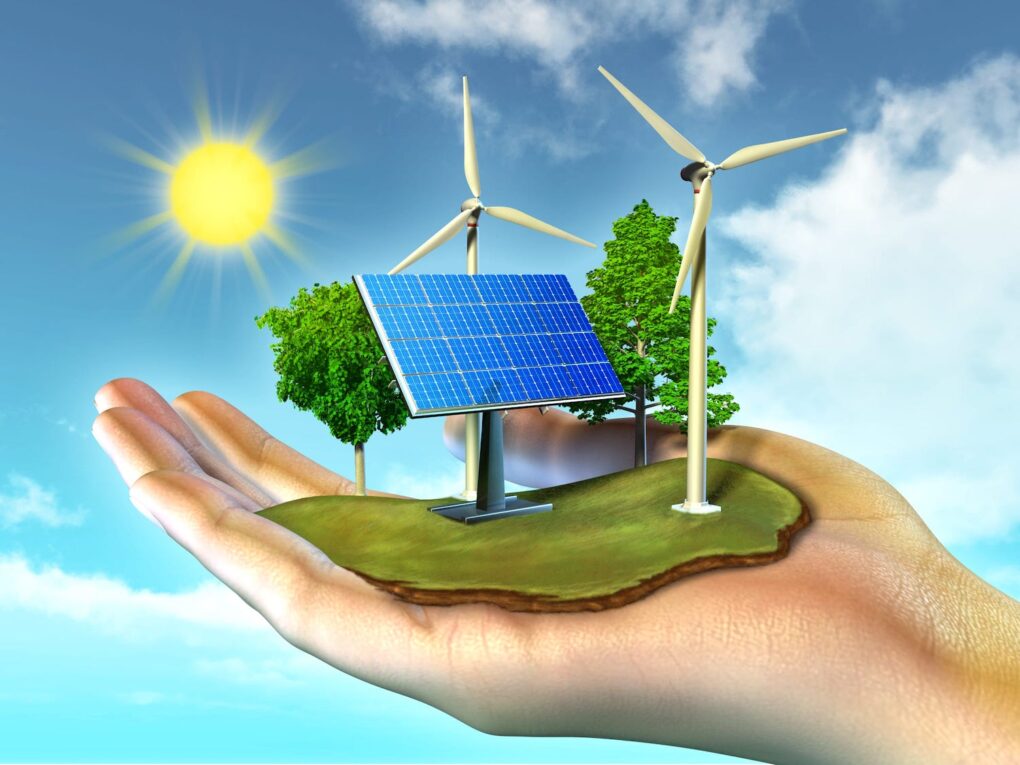Introduction to Energy Harvesting
Energy harvesting, also known as power harvesting or ambient power harvesting, is the process by which energy is derived from external sources (e.g. solar power, thermal energy, wind energy, salinity gradients, and kinetic energy), captured and stored for small, wireless autonomous devices, like those used in wearable electronics and wireless sensor networks. Devices powered by energy harvesting require little or no maintenance and can operate for very long periods of time without battery replacement. By scavenging energy from external sources and converting it into electricity, energy harvesting solutions offer a sustainable approach to long-term device operation.
Types of Energy Harvesting
There are various types of ambient energy that can be harvested and converted into electrical power, each with their own strengths, challenges, and typical applications:
Light energy harvesting utilizes solar cells or photovoltaic cells to convert light from indoor fluorescent bulbs or outdoor sunlight directly into electricity. This is one of the most common and practical forms of energy harvesting for outdoor applications or in areas with consistent lighting conditions.
Thermal Energy Harvesting System takes advantage of temperature differences to produce voltage. Thermoelectric generators use the Seebeck effect to create electricity from heat flow between two materials with different temperatures. Pyroelectric crystals also produce voltage when heated or cooled. Thermal energy harvesting has potential for powering sensors in areas with large temperature variations.
Vibration/motion/kinetic energy harvesting scavenges power from vibrations, motion, or flow using mechanisms like piezoelectric transducers or electromagnetic induction. Common sources include human motion, machine vibrations, ocean waves, and airflow. These methods are ideal for powering sensors attached to vibrating structures or in areas with fluid motion.
RF energy harvesting extracts power from ambient radio waves and microwave radiation emitted from Wi-Fi routers, cell phone towers, and other wireless devices using specialized antennas and rectifying circuits. RF harvesting works best indoors near existing wireless infrastructure.
Salinity gradient power utilizes the process of reverse electrodialysis to generate power from the difference in salt concentration between freshwater and seawater sources. This renewable “blue energy” approach is geared toward coastal applications.
Electromagnetic/RF energy harvesting extracts power from magnetic and electromagnetic fields using coils to produce alternating current that is rectified into direct current. It can scavenge energy from common magnetic fields in buildings, vehicles, or industrial equipment.
Key Considerations for Energy Harvesting Systems
While energy harvesting presents promising opportunities to power autonomous devices independently of batteries or external power sources, there are still several technological and practical considerations that must be addressed for successful, large-scale deployments:
Energy Efficiency – Harvesting ambient energy and converting it into usable electricity is inherently inefficient. Improving energy conversion efficiency through better materials, designs, and power management techniques is critical.
Energy Storage – Most energy harvesting mechanisms produce micro- or milliwatt levels of power that must be stored effectively for periods of low or no ambient energy availability. Suitable energy storage like capacitors or rechargeable batteries is needed.
Energy Availability – The amount and consistency of ambient energy present can vary widely depending on the source and environment. Considerations around variable versus consistent energy sources must be made.
System Cost and Complexity – Energy harvesting solutions still tend to be more expensive and complex compared to traditional battery-powered systems. Costs need to decrease for broader adoption.
Standardization – Lack of common communication protocols, interfaces, and component/module specifications has hindered wider deployment of energy harvesting networks and interoperability of devices.
Device Engineering – The components, circuits, and mechanical/physical integration required to efficiently harvest, manage, and store energy while operating payload electronics presents ongoing engineering challenges.
With further innovations, energy harvesting systems hold tremendous promise to enable truly autonomous electronics that require no manual battery replacements or external charging. As technologies mature and costs come down, energy harvesting will transform how we power distributed sensors, wearables, and the Internet of Things.
Case Studies of Real-World Energy Harvesting Applications
Street and Roadway Sensors
Many cities are deploying intelligent transportation systems with sensors embedded in pavements or along roadsides to monitor traffic flow, road conditions, and vehicle behavior. These critical infrastructure sensors could potentially operate for decades without maintenance using road vibration/kinetic energy harvesting designs. Piezoelectric harvesters and linear electromagnetic generators have been prototyped that produce over 1 watt from typical roadway vibrations, enough to continuously power associated environmental and traffic monitoring electronics.
Distributed Sensor Networks for Agriculture
Large farms and vineyards commonly deploy wireless sensor networks to automatically monitor soil conditions, crop health, pest infestations and more across hundreds of remote acres. Individual solar- or vibration-powered sensor nodes scavenge enough energy during daylight hours or from waving plants/trellises to then transmit readings at night or periodically. Researchers have developed proof-of-concept self-sustaining grape-monitoring nodes running for over one year on harvested thermal, solar and mechanical energy alone.
Wearable Electronics and Implantable Medical Devices
The rise of wearable health monitors, smartwatches and augmented reality headsets is driving demand for micro energy sources that don’t require daily battery swaps or charging hassles. Promising prototypes integrate energy harvesting directly into wearable form factors using novel designs that scavenge power from body motion, heat and even sweat. Meanwhile, implantable medical devices like pacemakers could potentially gain true multi-decade lifetimes coupling RF energy harvesting with efficient circuit techniques and energy storage.
*Note:
1. Source: Coherent Market Insights, Public sources, Desk research
2. We have leveraged AI tools to mine information and compile it

